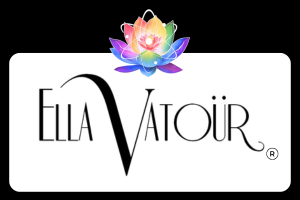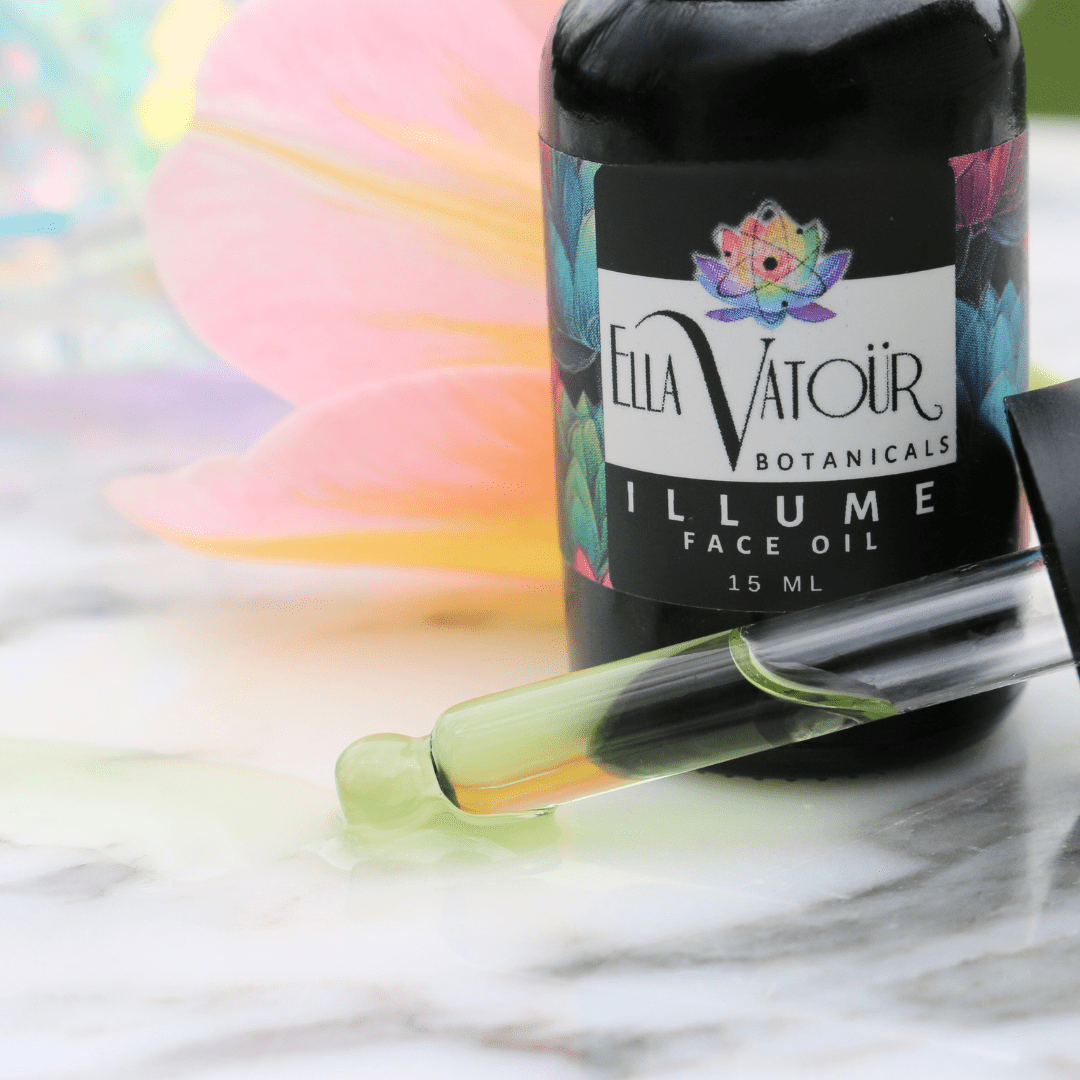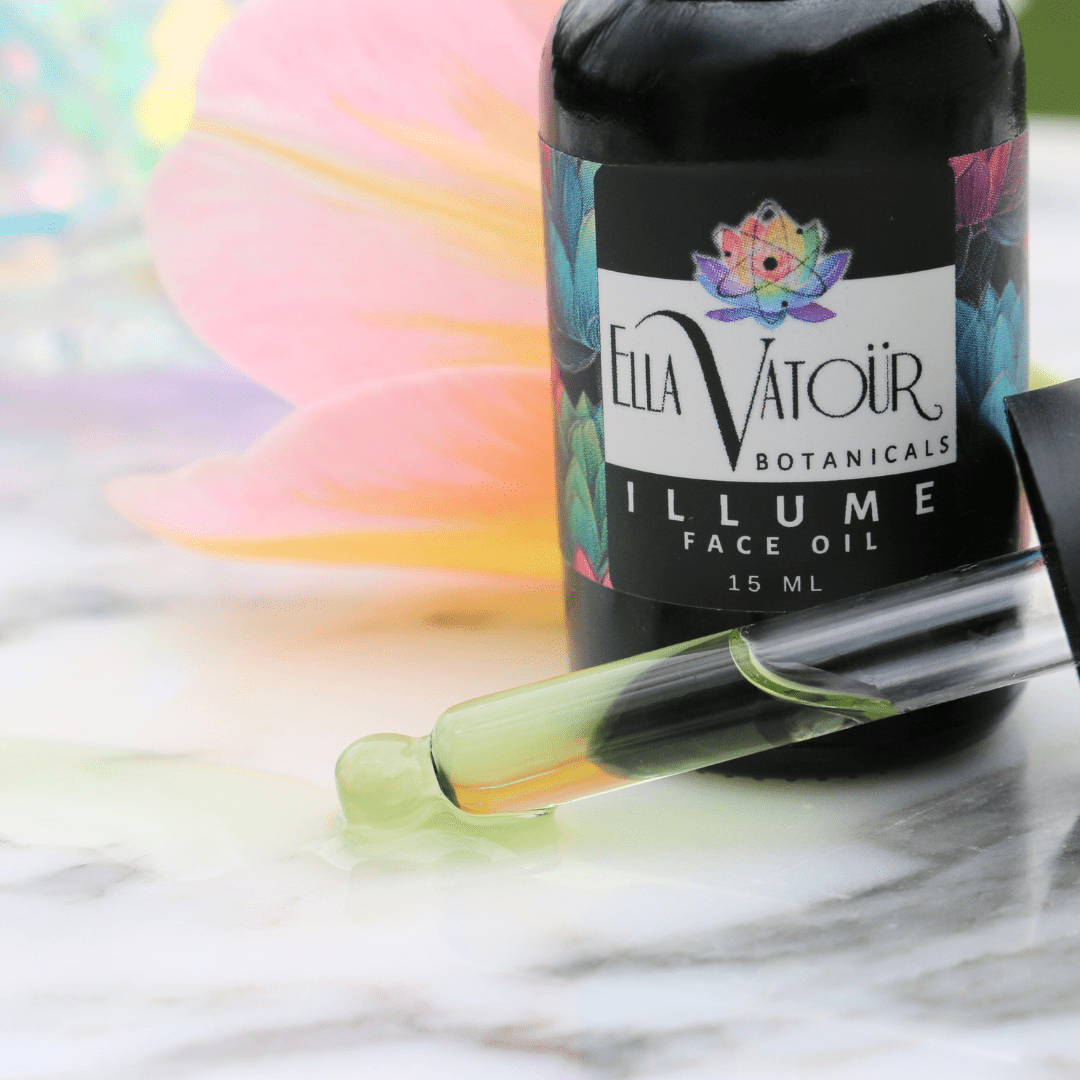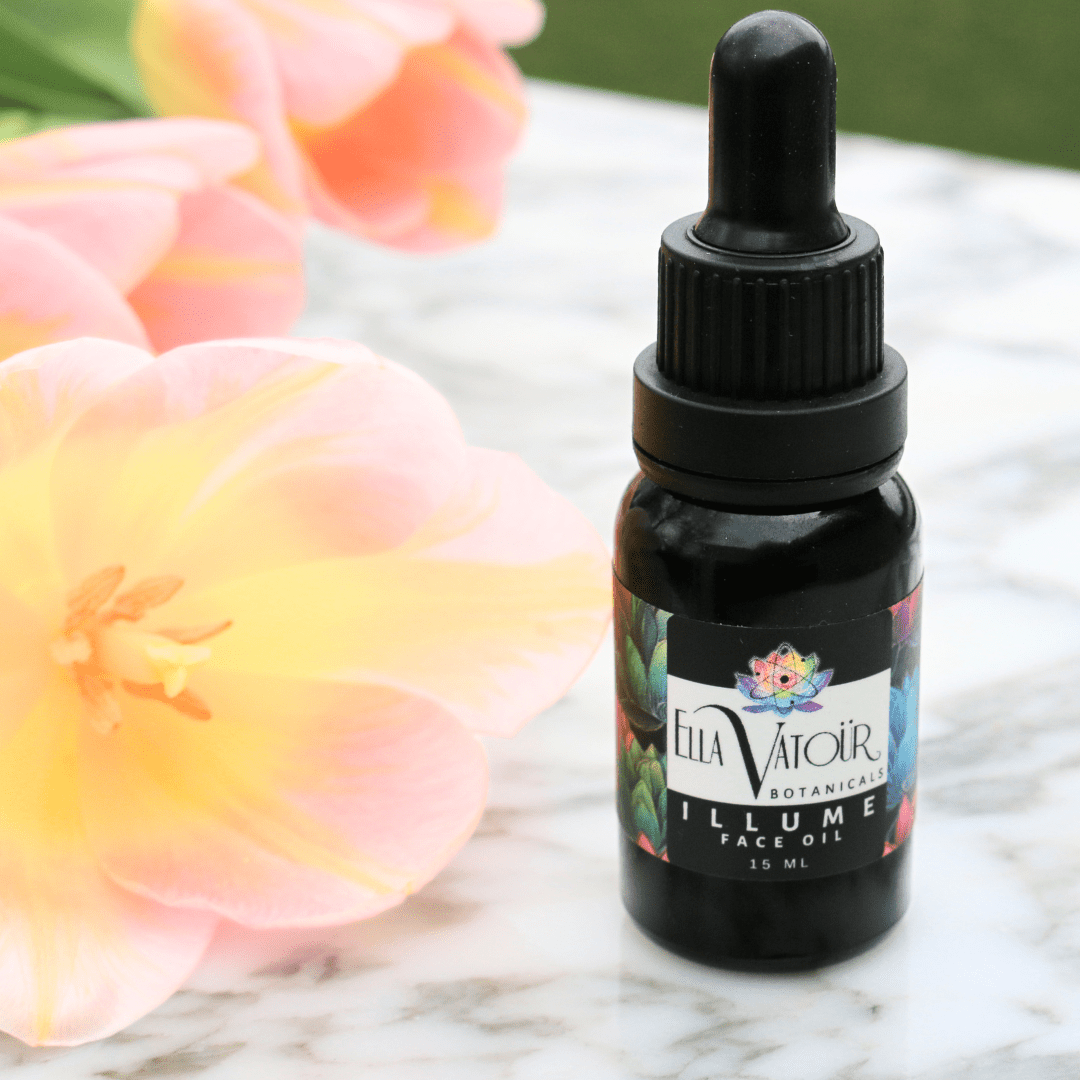The Truth About Facial Scrubs + Simple Coffee Scrub Recipe
Let's chat about facial scrubs and learn WHY you need to be aware of what's out there.
PLUS an awesome and SO easy coffee scrub recipe below.
Exfoliating your skin is one of the best things you can do to keep your complexion bright, smooth, and healthy. A good facial scrub removes dead skin cells, unclogs pores, and helps your skincare products absorb more effectively. But not all scrubs are created equal. While some facial scrubs are packed with skin-loving ingredients, others contain harmful chemicals and abrasives that can do more harm than good.
Why Exfoliation is Good for Your Skin
Exfoliating regularly helps: ✔️ Remove dead skin cells for a brighter complexion ✔️ Prevent clogged pores and breakouts ✔️ Improve skin texture and smoothness ✔️ Boost circulation for a natural glow ✔️ Enhance the absorption of moisturizers and serums
However, choosing the right facial scrub is key to reaping these benefits—because some store-bought options are packed with toxic and damaging ingredients.
Dangerous Ingredients Lurking in Store-Bought Scrubs
Many facial scrubs on the market contain harmful ingredients that can damage your skin and even impact your overall health. Here are some of the worst offenders:
🚨 1. Microbeads (Polyethylene, Polypropylene)
Why it’s bad: These tiny plastic beads are harsh on the skin, causing micro-tears that lead to irritation and sensitivity. Worse, they pollute oceans and harm marine life. Look for: Polyethylene (PE), Polypropylene (PP) in ingredient lists.
🚨 2. Synthetic Fragrances (Parfum)
Why it’s bad: "Fragrance" is often a cocktail of hundreds of undisclosed chemicals, many of which are endocrine disruptors or skin irritants. Look for: Fragrance, Parfum, Linalool, Limonene, Benzyl Alcohol.
🚨 3. Sodium Lauryl Sulfate (SLS) & Sodium Laureth Sulfate (SLES)
Why it’s bad: These foaming agents strip the skin’s natural oils, leading to dryness, irritation, and increased sensitivity.Look for: Sodium Lauryl Sulfate, Sodium Laureth Sulfate on the label.
🚨 4. Parabens (Methylparaben, Propylparaben, Butylparaben)
Why it’s bad: These preservatives are known hormone disruptors and have been linked to skin irritation and even potential long-term health risks. Look for: Anything ending in -paraben.
🚨 5. Alcohol (Denatured Alcohol, SD Alcohol, Ethanol)
Why it’s bad: High concentrations of alcohol dry out the skin, weaken the skin barrier, and cause irritation. Look for: Alcohol Denat., SD Alcohol 40, Ethanol in the first few ingredients.
🚨 6. Mineral Oil & Petroleum-Based Ingredients
Why it’s bad: These clog pores, prevent the skin from breathing, and may contain carcinogenic contaminants. Look for: Petrolatum, Mineral Oil, Paraffinum Liquidum.
🚨7. Formaldehyde-Releasing Preservatives
Why it’s bad: These chemicals slowly release formaldehyde, a known carcinogen, into your skincare. Look for:DMDM Hydantoin, Diazolidinyl Urea, Imidazolidinyl Urea, Quaternium-15.
How to Choose a Safe Facial Scrub
When shopping for a facial scrub, look for natural, skin-friendly exfoliants that gently polish without irritation.
✅ Gentle exfoliants: Kaolin clay, fruit enzymes, rice powder, or jojoba beads (these are biodegradable and skin-safe!) ✅ Clean preservatives: Plant-based options like radish root ferment or rosemary extract ✅ Fragrance-free or naturally scented with essential oils (avoid synthetic fragrances)
If you want healthy, glowing skin, be mindful of what you're putting on your face. Ditch the toxic scrubs and opt for a natural, safe alternative—your skin (and the planet) will thank you! 🌿✨
Ella Vatoür's Coffee Scrub Recipe 
2 TBS Organic Ground Coffee
2 TBS Brown Sugar
2 TBS Grapeseed Oil
1) Mix ingredients super well in a bowl (you will have plenty to last a bit)
2) Apply to your face and gently scrub everywhere, please avoid your eyes friends!
3) Rinse
That's it - I wrap up with a few of my products, Tallow Face Balm and Illume to continue the nourishment for my skin.





